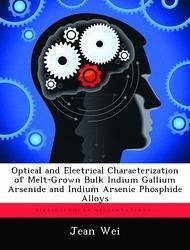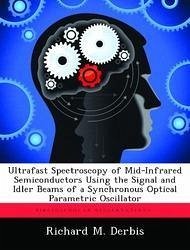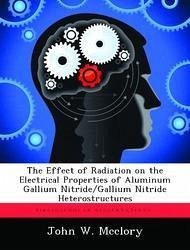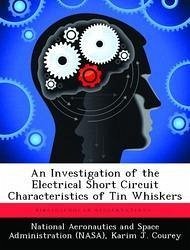Nicht lieferbar

Investigation of Electrical and Optical Properties of Bulk III-V Ternary Semiconductors
Versandkostenfrei!
Nicht lieferbar
Bulk grown III-V ternary semiconductors of In0.08Ga0.92Sb and In0.15Ga0.85As were investigated through Hall-effect and photoluminescence measurements to determine carrier concentration, mobility, sheet resistivity, and luminescence spectrum. In the past, epitaxial layers of ternary compounds have been grown on binary compound substrates, and thus very limited lattice matched ternary alloys were available. Recently, bulk grown ternary substrates have been developed, and it has presented a renewed interest in using these substrates to grow high quality ternary compounds for use in many next gene...
Bulk grown III-V ternary semiconductors of In0.08Ga0.92Sb and In0.15Ga0.85As were investigated through Hall-effect and photoluminescence measurements to determine carrier concentration, mobility, sheet resistivity, and luminescence spectrum. In the past, epitaxial layers of ternary compounds have been grown on binary compound substrates, and thus very limited lattice matched ternary alloys were available. Recently, bulk grown ternary substrates have been developed, and it has presented a renewed interest in using these substrates to grow high quality ternary compounds for use in many next generation optoelectronic devices. The results of photoluminescence (PL) study for the In0.15Ga0.85Sb sample show the exciton bound to neutral acceptor (Ao, X) transition peak at 0.675 eV along with a donor-shallow acceptor pair transitions at 0.650 eV, and the donor-deep acceptor pair transition peak at 0.628 eV. This work has been selected by scholars as being culturally important, and is part of the knowledge base of civilization as we know it. This work was reproduced from the original artifact, and remains as true to the original work as possible. Therefore, you will see the original copyright references, library stamps (as most of these works have been housed in our most important libraries around the world), and other notations in the work. This work is in the public domain in the United States of America, and possibly other nations. Within the United States, you may freely copy and distribute this work, as no entity (individual or corporate) has a copyright on the body of the work. As a reproduction of a historical artifact, this work may contain missing or blurred pages, poor pictures, errant marks, etc. Scholars believe, and we concur, that this work is important enough to be preserved, reproduced, and made generally available to the public. We appreciate your support of the preservation process, and thank you for being an important part of keeping this knowledge alive and relevant.















